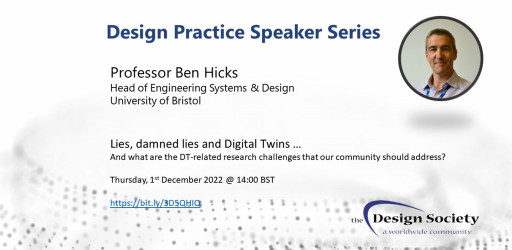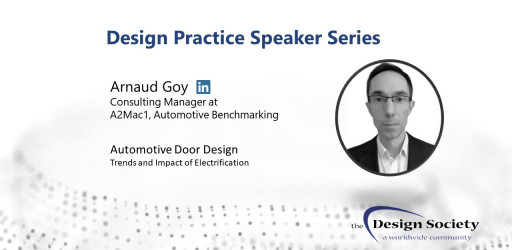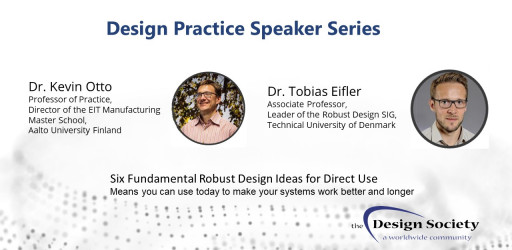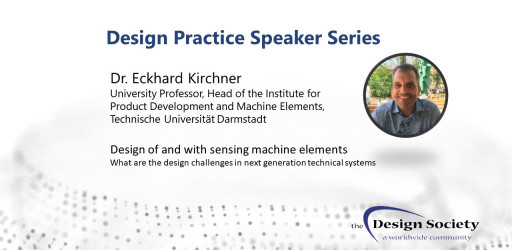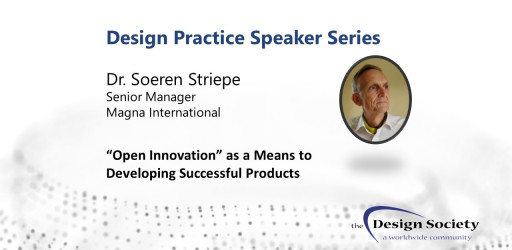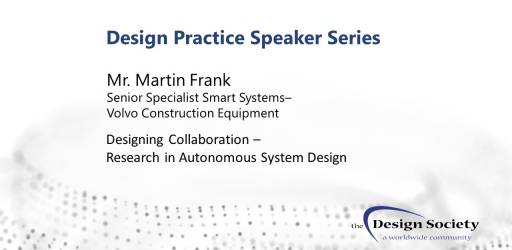Clement, S.: Jordan, A.; Vajna, S. // 2003
Mekhilef, M.; Mira-Bonnardel, S. // 2003
Gouvinhas, R. P.; Costa, P. E. C. // 2003
Eckert, C. M.; Clarkson, P. J. // 2003
O’Donovan, B. D.; Clarkson, P. J.; Eckert, C. M. // 2003
Lloyd, P.; Valkenburg, R.; McDonnell, J. // 2003
Takeda, H.; Sasaki, H.; Nomaguchi, Y.; Yoshioka, M.; Shimomura, Y.; Tomiyama, T. // 2003
Sim, S. K.; Clarkson, P. J.; Wynn, D. // 2003
Bylund, N.; Fredericson, H.; Thompson, G. // 2002
The design of complex mechanical structures is multi-objective and includes the treatements of a wide range of requirements such as quantitative, qualitative, subjective and objective. An example of ...
Golob, B.; Jezernik, A.; Hren, G. // 2002
Early phases of design process still lacks of the computer support, although it has been recognised as an important part of design process. Paper introduces an approach towards a feature-based ...
Noguchi, H.; Nagai, Y. // 2002
In next step of our research, we had another experiment to know designer’s inner process of creative thinking by tracing dynamic relations of designer’s behaviors and drawings using two video ...
Derelöv, M. // 2002
In the eartly phases of the design process the evaluation and the following decision-making are based on limited amount of information, nevertheless the decision will determine the direction of the ...
Chen, S. C.; Shih, S. C.; Chang, T. W. // 2002
Architectural illumination is typically designed at the end rather than the beginning, a design process. Designers use visualization to make relevant suggestions concerning lighting as illumination ...
Hari, A.; Herscovitz, J.; Zonnenshain, A.; Weiss, M. P. // 2002
ICDM is an Integrated, Customer Driven, Conceptual Design Method for the entire conceptual design process. ICDM is briefly presented in this paper and demonstrated with a detailed case study.
The ...
Weiss, Z.; Dostatni, E. // 2002
Vajna, S. // 2002
Knowledge-based design is a concept for the computer-aided provision and application of different representations of knowledge along the product development process. In this paper, after proposing a ...
Cumming, M. // 2002
This research studies methods for providing design process support for distributed groups of designers, to allow them to collaborate and co-ordinate their actions, within the context of collaborative ...
Birkhofer, H.; Kloberdanz, H.; Berger, B.; Sauer, T. // 2002
To improve the design process, it is aimed to optimise the description of design methods and the access to them for effective use in design projects and for better support of learning and teaching. ...
Kleiner, S.; Anderl, R.; Gräb, R. // 2002
An extended parametric information model is presented in order to integrate product data based on parameters and constraints for design process reasons. Constraints represent parametric relations ...
García, J.; Restrepo, J. // 2002
Context can be used to define which knowledge should be considered in a virtual reality environment in which a multidisciplinary team will discuss modifications or developments in design, product ...
Power, N. // 2002
In this paper I address a number of recurring issues for design educators: the value and applicability of theoretic discourse to design practice; the value and applicability of design research to ...
Brockop, S. // 2002
The three measures of the effectiveness of a design process are cost, quality, and time. Regardless of the product being designed – whether it is an entire system or some small subpart of a larger ...
Bereznitski, A. // 2002
Design of modern products, which have to be competitive in the market, is a great challenge. The time period between the market demands a new product and this product should appear in the shop is ...
Evyapan, N. A. G. Z. // 2002
This paper discusses a design process lived through, during the application of a model derived from design methodology and devised towards attaining a particular task. The task was: Designing a play ...

